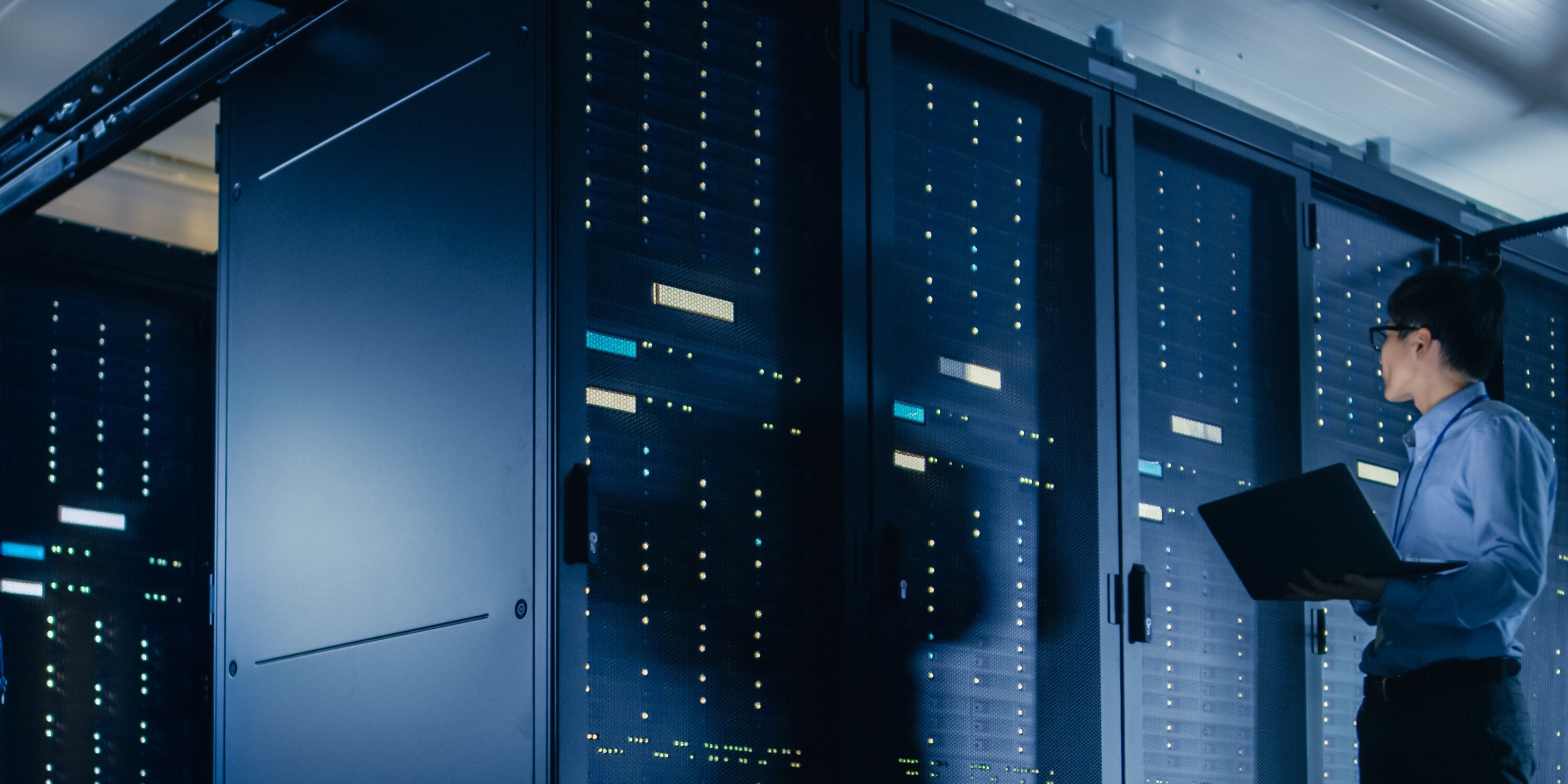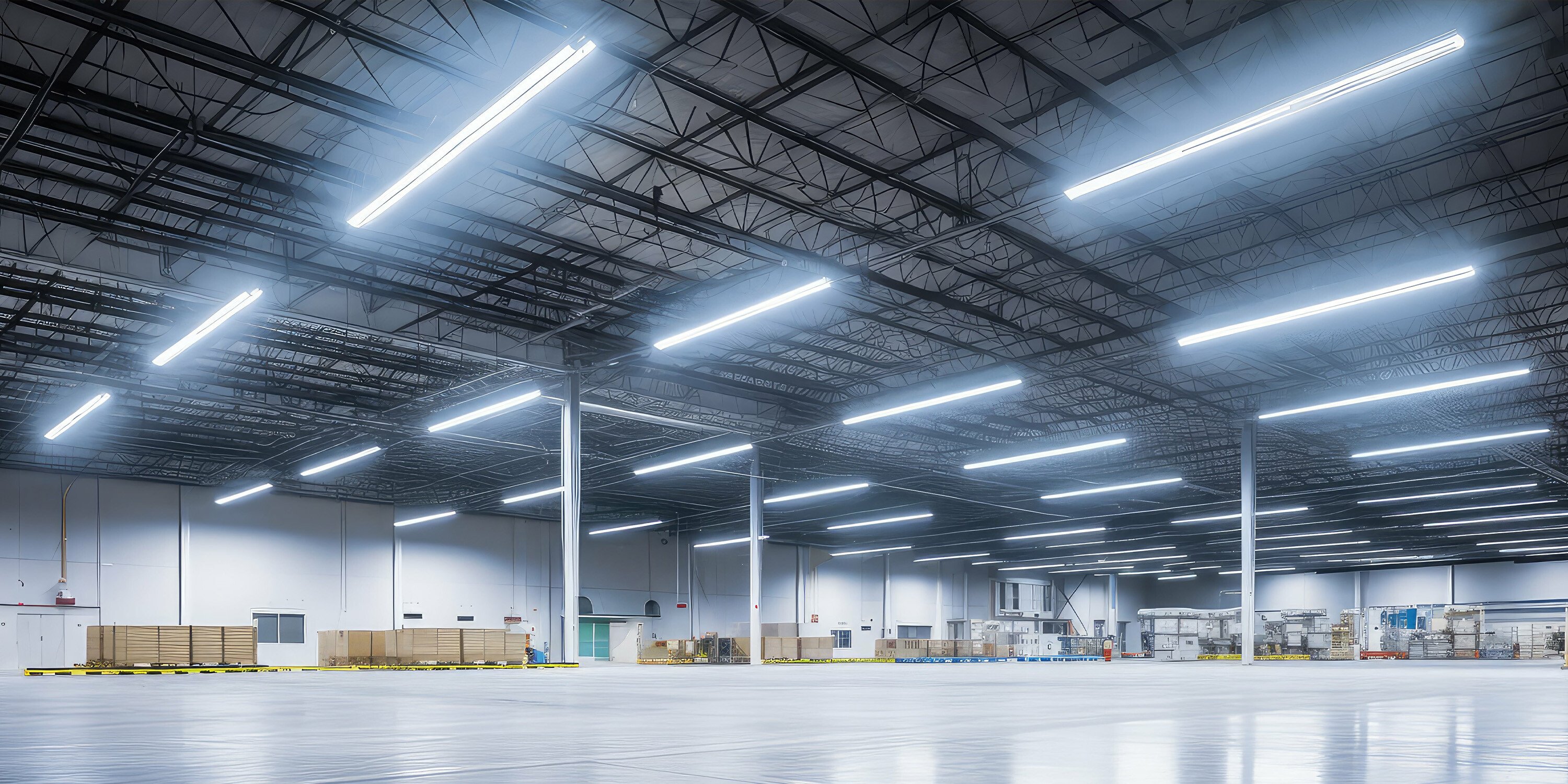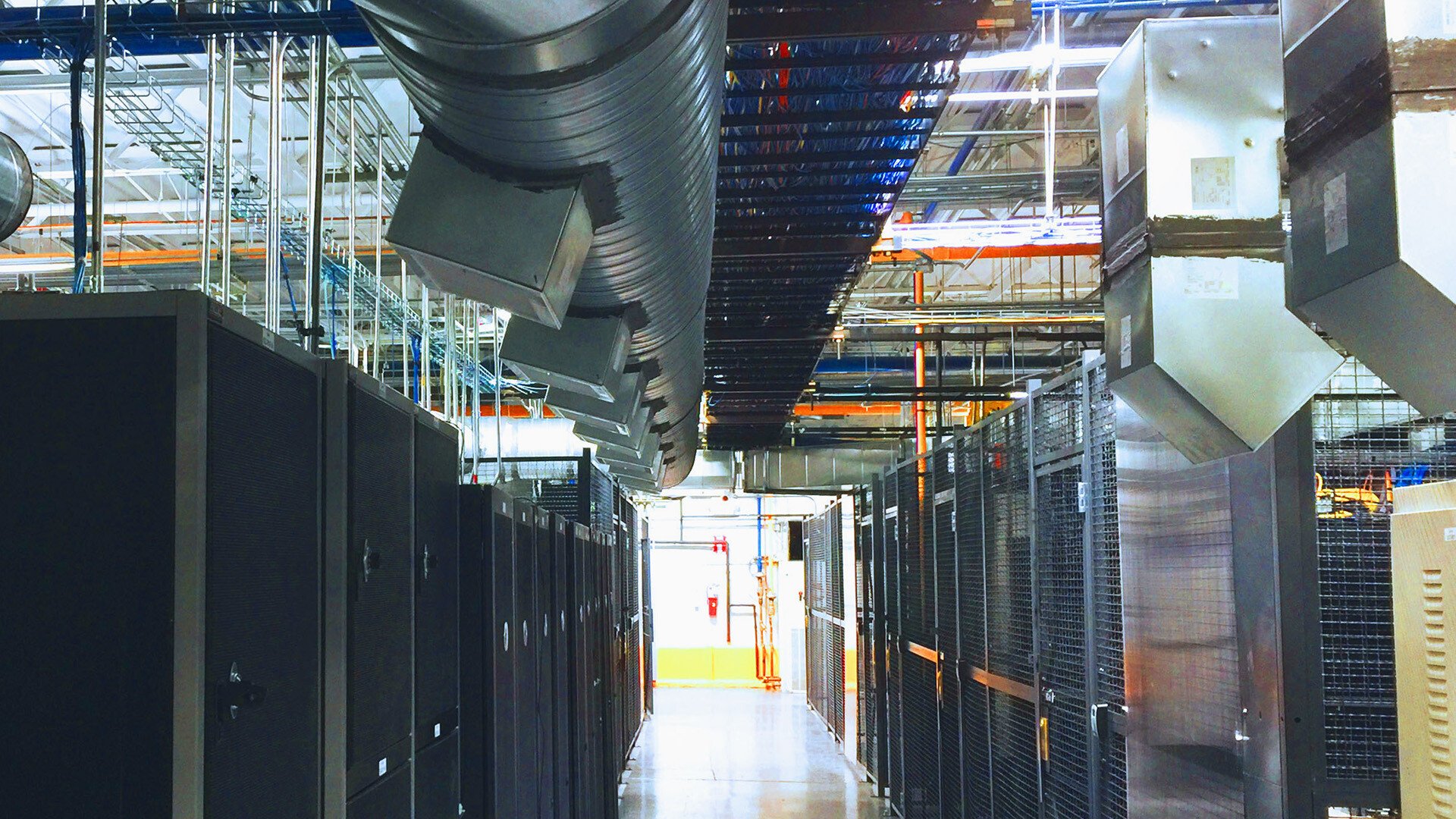Energy Efficiency | December 20, 2018
Commercial Buildings in Winter [Energy Efficiency Checklist]
Winter means colder temperatures, especially in locations across the U.S. like the Midwest and Northeast. And with those colder temperatures and shorter daylight hours, it can take a lot of energy to keep buildings warm, comfortable, and well lit. See this energy efficiency checklist for what to monitor this winter to ensure your buildings run efficiently.
Heating, ventilation, and air conditioning (HVAC) and lighting are the biggest users of electricity in commercial buildings, according to the EPA. So, addressing how much energy these systems use can make a big difference in energy consumption, save money and ensure comfort for tenants.
As building owners think about how wintertime impacts their operations and energy consumption, here is a 5 step checklist covering overall energy consumption, lighting and HVAC to help you become more energy efficient this season.
.png?width=300&name=commercial%20building%20management%20(1).png)
How to manage commercial buildings during the cold months
-
Conduct an energy audit
- This is an important first step for many facilities – to understand how a facility’s system works, and how much energy they use. This provides a more complete picture of energy consumption, and can identify specific changes or upgrades to systems or equipment to save energy and reduce costs.
-
Upgrade lighting fixtures
- Most of the energy used for traditional incandescent fixtures is given off as heat, which is why they are no longer manufactured. Replace existing traditional or halogen incandescent lighting with more efficient compact fluorescent lamps (CFL), which use a fourth of the energy of incandescents, or light emitting diodes (LEDs) which use 20-25% less energy than traditional incandescents and 25-30% less than halogen incandescents and last up to 25 times longer.
-
Control your lighting
- This can include using a building automation system to automate lighting based on occupancy schedule, sensors to dim or shut off lights in rooms and areas when they are not being used, setting fixtures to use less than 100% lighting when it’s possible to use a lower light level, and finding ways to make use of more natural light when possible.
-
Check the boiler and system
- Take this time to clean or replace air filters; also seal ducts to prevent leaks and heat loss. Insulate the steam and hot water pipes, to ensure there is no excessive heat loss during transmission.
-
Install a programmable thermostat
- Smart thermostats can maintain the proper temperatures when the building is occupied and reduce heating (or cooling, in the warmer months) when the building is not occupied, to eliminate simultaneous heating and cooling.
Though not an energy efficiency measure per se, in wintertime it’s especially important to be prepared for power loss or power surges from storms, winds, or heavy snowfall. Protect sensitive equipment with surge protectors and use a real-time backup system for critical files – either in the cloud or at an offsite storage facility.
With these protections in place, your building will remain warm and comfortable, well-lit and operational throughout the cold winter months, while increasing energy efficiency and saving money.
Related Posts
Discover more content and insights from Mantis Innovation

The Cost of Inaction: Why Businesses Should Act Now on Energy Efficiency
In today's fast-paced business environment, the financial and operational losses businesses incur by delaying energy efficiency improvements, the "cost of inaction," is more relevant than ever.

In today’s AI era, human intelligence is the key to data center facility and energy optimization
Nowhere else in modern industry do artificial and human intelligence converge with such transformative potential as in the world of data centers. As AI's extraordinary growth accelerates demand for

Your Guide to LED Lighting for Business and Commercial Buildings
Never to be underestimated, LED lighting and well-designed lighting retrofits and upgrades offer businesses big improvements like reduced energy costs, reduced emissions, and improved working

Five Trends Driving Data Center Facility Energy Optimization
Today’s digital economy, commercial and industrial digitalization, and the recent explosion in artificial intelligence and machine learning (AI/ML) powered computing are driving massive growth in